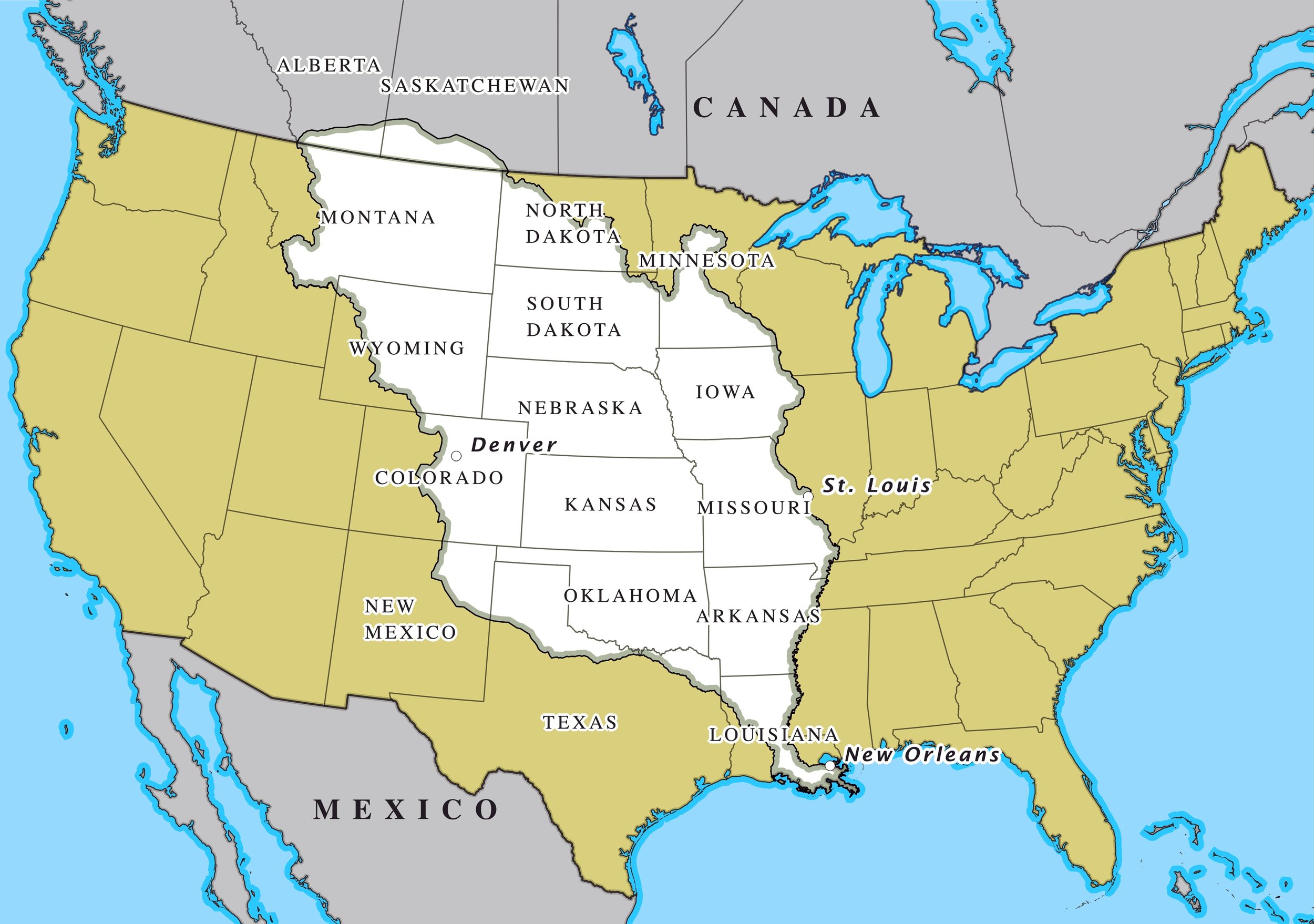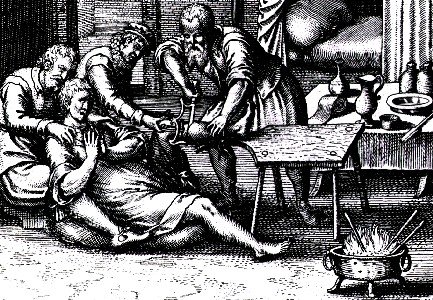The Artistic Genius That Was Leonardo da Vinci
/Daily mail
Leonardo da Vinci has always been an artist to be admired. I’ve personally always loved his pieces and found the history of this man to be fascinating. He was born in Florence, Italy, in 1452 and lived in countless places over the course of his life. He is the creator of many commissioned paintings, including The Last Supper (1495-98), which was commissioned by the Duke of Milan. I have learned a lot of things about the man over the last years of researching him, being really passionate about art history myself, and I genuinely think he is of great importance to it.
I believe his great intelligence and knowledge have had an impact on history, not only for his creativity, both in visual art and other fields he specialized in, such as architecture and engineering, but also for his knowledge and intelligence. While visiting the Clos Lucé in Amboise, the very place where da Vinci passed away, I had the opportunity to see the headquarters where he would make his sketches for his inventions. Some of those ended up inspiring actual items we have today, like the modern tank and bascule bridge, if I remember correctly. He was of great importance to people of higher statuses for his artistic skills as well as his technical skills. As part of my research, I found out that while living in Milan, “He was listed in the register of the royal household as pictor et ingeniarius ducalis (‘painter and engineer of the duke’),” as said by Ludwig Heinrich Heydenreich. (Britannica)
wikipedia
Leonardo da Vinci had a great artistic sense. I always believed that his intelligence played a significant role in his art. This is something to be noticed particularly in da Vinci’s idea of the human body’s proportions called Vitruvian man (≈ 1490). I remember having a poster of this very drawing and noticing something about it. The writing around the drawing in the middle had always seemed illegible. While I thought that it was because Leonardo was Italian and wrote in his own language, it was actually because the writing was inverted.
As it turns out, his intelligence also presented itself in the form of specific skills, which in this case, gave him the ability to both write and draw at the same time, writing inverted to allow it to stay clear. It wasn’t for nothing that he was remarkably admired by other artists that followed his time, such as Giorgio Vasari (1511-1574), who even described him as “the founder of High Renaissance,” (Britannica) which is an artistic movement in Italy, taking place between 1490 to 1527. A few other known artists, like Eugène Delacroix, who I personally admire a lot for his painting and their historical meanings, also admired Leonardo.
I have always admired and loved Leonardo da Vinci’s work, so it was a real honour for me to visit the place where he spent the last three years of his life in 2017. I learned a lot about his life and artistic view. I specifically remember hearing that, to him, his pieces were never finished; he always felt like there was room for improvement even if they were commissioned and given to the commissioners. This is something that I, myself, resonated a lot with. I also learned of his good relationship with the King, who invited him, himself, to come live in one of his properties and developed almost a friendship with the artist. I believe this might be the exact reason why the king appointed him the title of “Premier peintre, architecte et méchanicien du Roi,” (Britannica) which means first painter, architect, and mechanic to the King.











